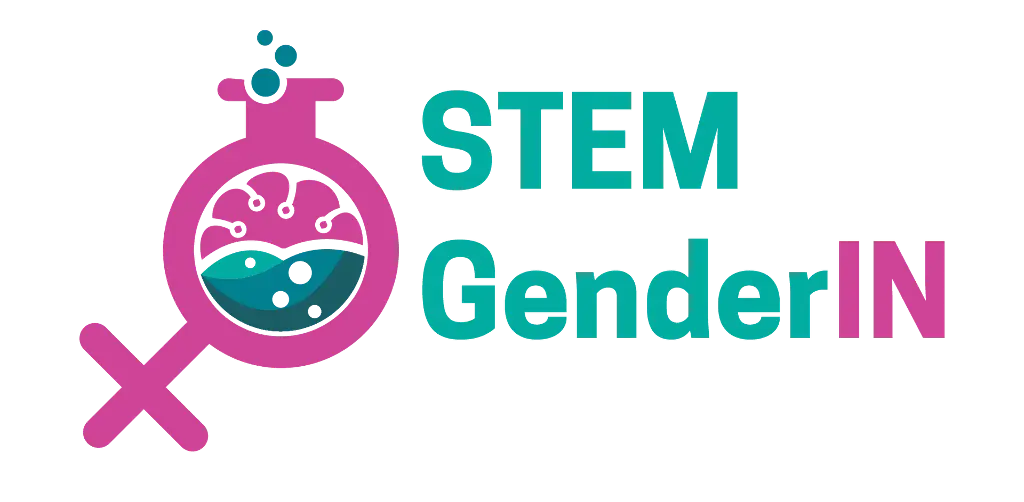Why Inclusive Language Matters
Why Inclusive Language Matters
Inclusive language is essential in creating an environment that fosters respect, equality, and belonging for all individuals, regardless of their gender, race, or identity. This is particularly important in education, where language plays a crucial role in shaping the way students perceive themselves and others. Teachers, as key figures in students' lives, shape the worldviews of students, influencing how young people understand social norms and values. The use of inclusive and gender-neutral language helps to promote a more open, accepting, and respectful learning space for everyone.
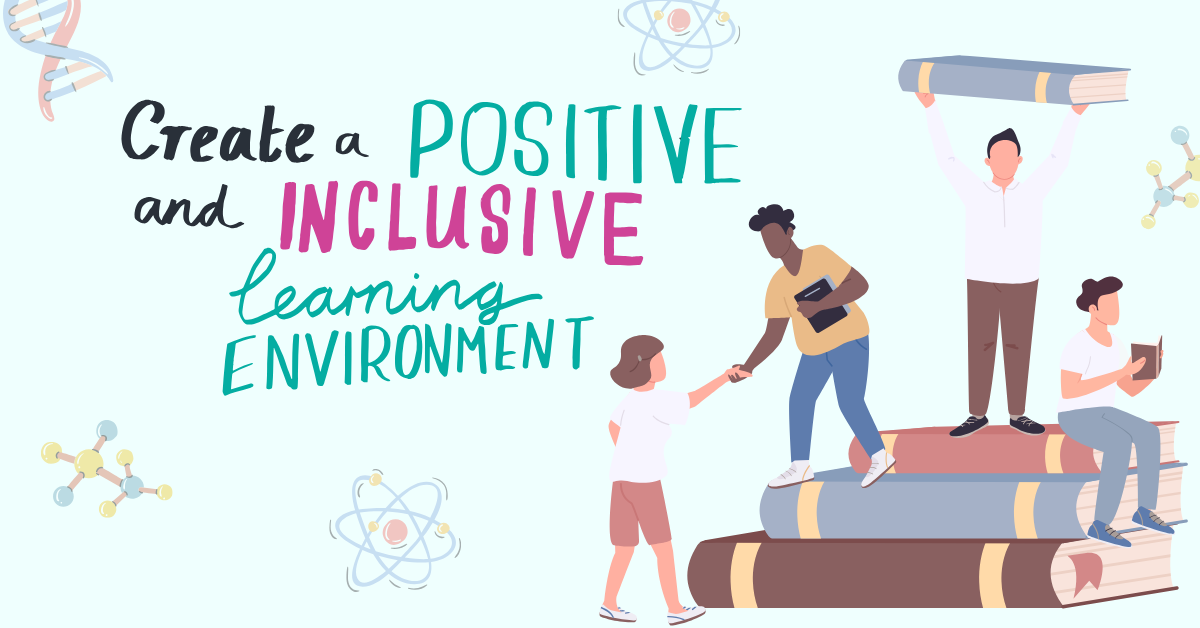

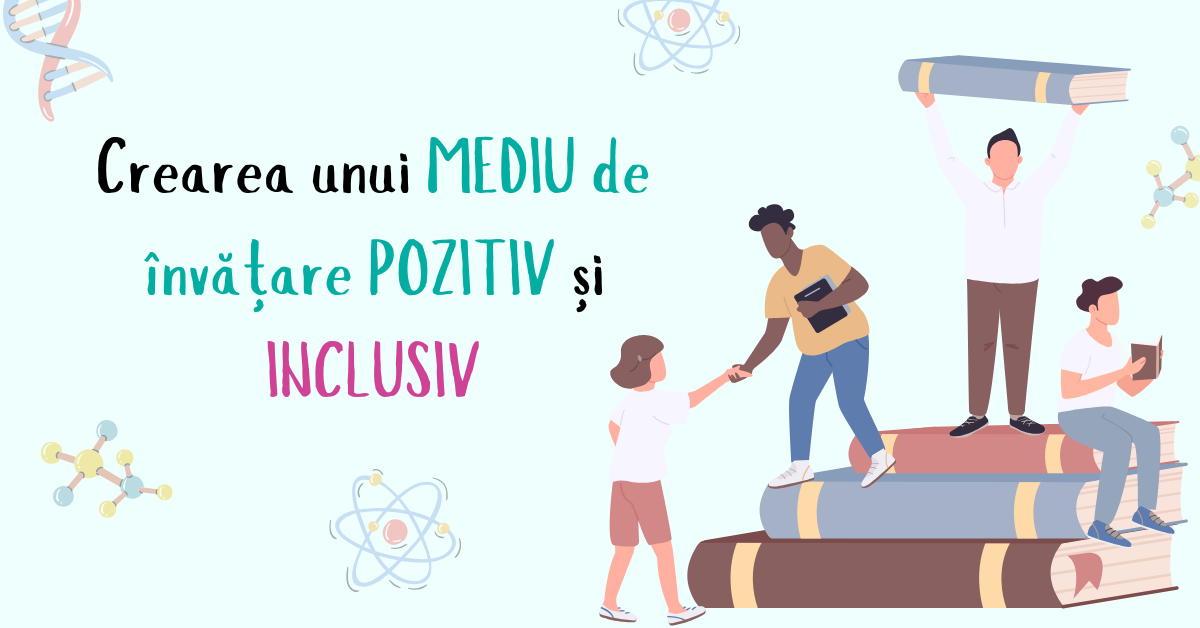
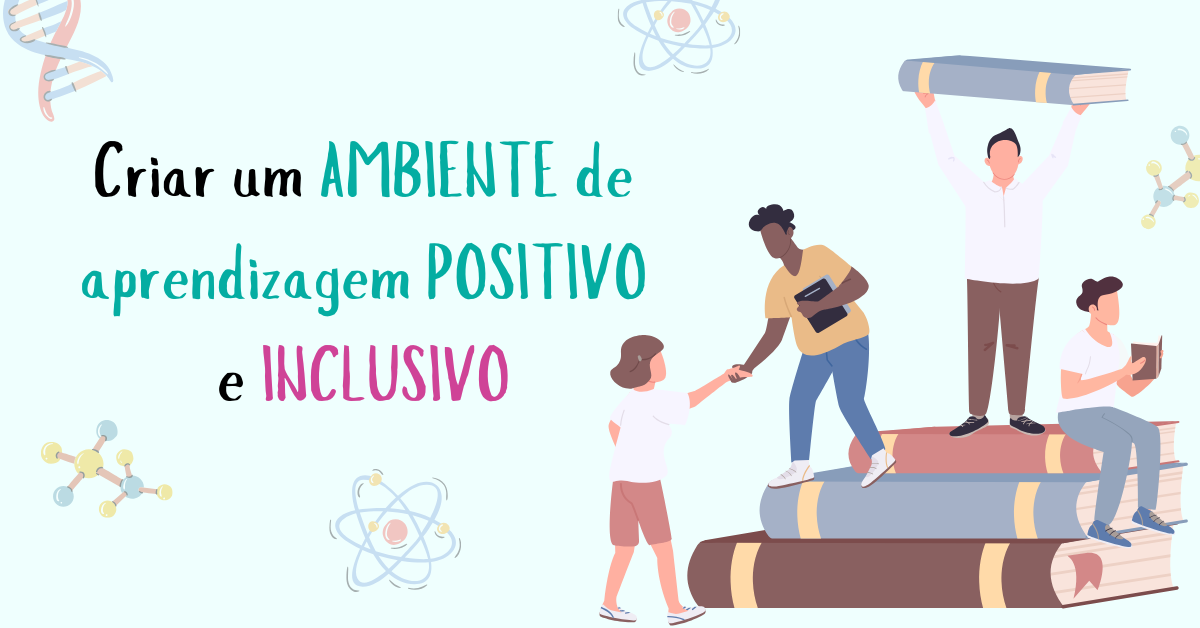
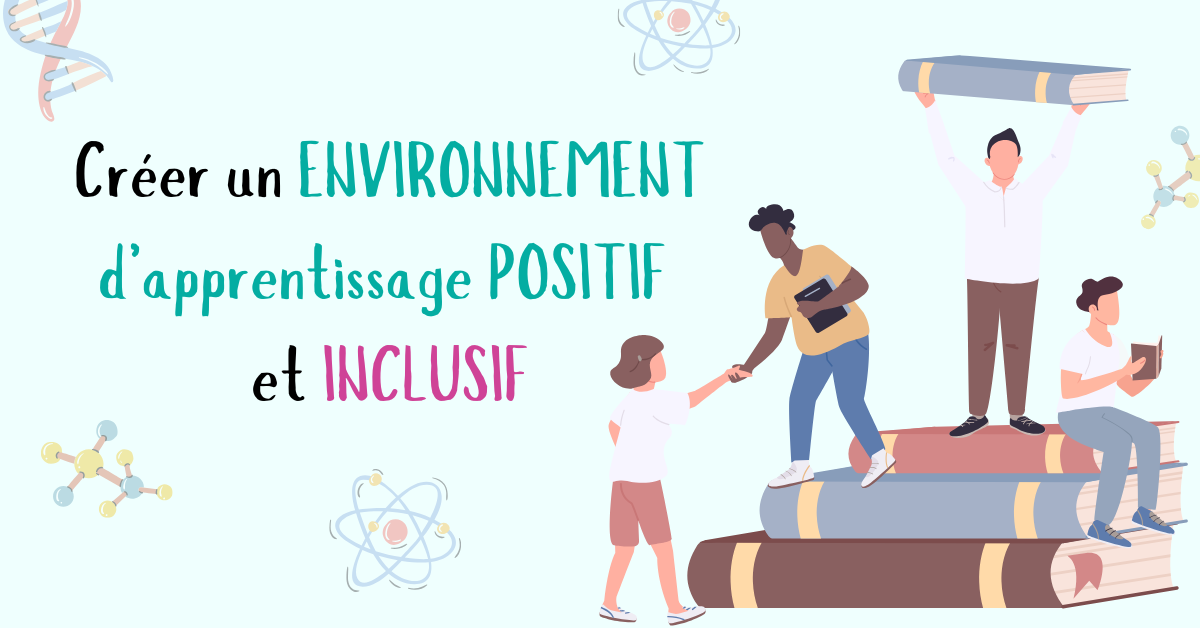
Language shapes reality
The language we use influences how we think and perceive the world. When we use language that assumes traditional gender roles or excludes certain groups, we reinforce stereotypes and limit how people see themselves and others. For example, referring to a scientist as “he” perpetuates the stereotype that science is a male-dominated field. Using gender-neutral language like “scientist” or “they” allows all students to imagine themselves in that role, regardless of their gender.
Example: Instead of using terms like "fireman", "policeman" or "businessman," use "firefighter", "police officer" and "businessperson". This simple shift avoids reinforcing the idea that these roles are reserved for men.
Promoting equity and inclusion
Inclusive language helps create a level playing field for all students by avoiding language that favors one gender or group over another. When students hear language that reflects their identity and experiences, they are more likely to feel respected and engaged. Conversely, when language excludes or marginalizes certain identities, students may feel isolated or invisible.
Inclusion is not just about recognizing different gender identities. It also means acknowledging diversity in race, ability, and sexual orientation. Using inclusive language is a way to recognize and validate the experiences of all students, helping them feel valued and seen.
Example: Instead of “boys and girls,” say “students” or “everyone”. This allows all students to feel included.
Reducing stereotypes and bias
Stereotypes about gender, race, and identity are often reinforced by the language we use. For example, using gendered phrases like “boys are strong” or “girls are nurturing” reinforces outdated and limiting ideas about what boys and girls are supposed to be like. These stereotypes can influence students’ self-perception, limit their aspirations, and affect how they interact with each other.
Gender-neutral and inclusive language helps to challenge these stereotypes by moving away from assumptions based on identity. When teachers consciously avoid language that perpetuates biases, they help students develop a more open-minded and inclusive worldview.
Example: Instead of saying “Girls are better at arts and boys are better at sports,” use statements like “Everyone has strengths in different areas”, encouraging students to explore their interests without feeling confined by gendered expectations.
Respecting diverse gender identities
Gender identities are increasingly recognized as fluid and diverse, moving beyond the traditional male-female binary. Using inclusive and gender-neutral language shows respect for individuals who do not fit into traditional gender categories.
By using neutral pronouns like “they” or asking students for their preferred pronouns, educators signal that all identities are welcome and respected. This is especially important for students who may be exploring their gender identity, as it creates a safe and supportive space for them to express themselves.
Example: Instead of assuming a student’s gender based on their appearance or name, ask them what pronouns they prefer. For example, "Alex, what pronouns do you use?". Normalizing this practice in the classroom helps reduce the potential for harm and fosters inclusivity.
Encouraging a growth mindset
Inclusive language also promotes a growth mindset by encouraging students to see differences as strengths rather than limitations. When students are exposed to a variety of perspectives and identities, they are more likely to develop empathy and understanding for others. This openness can lead to richer classroom discussions, increased collaboration, and a more inclusive school culture.
By adopting inclusive language, educators model the kind of respectful, thoughtful communication they want students to practice, both in the classroom and beyond. It prepares students to be global citizens who respect diversity and embrace differences in all forms.
There are no comments for now.
